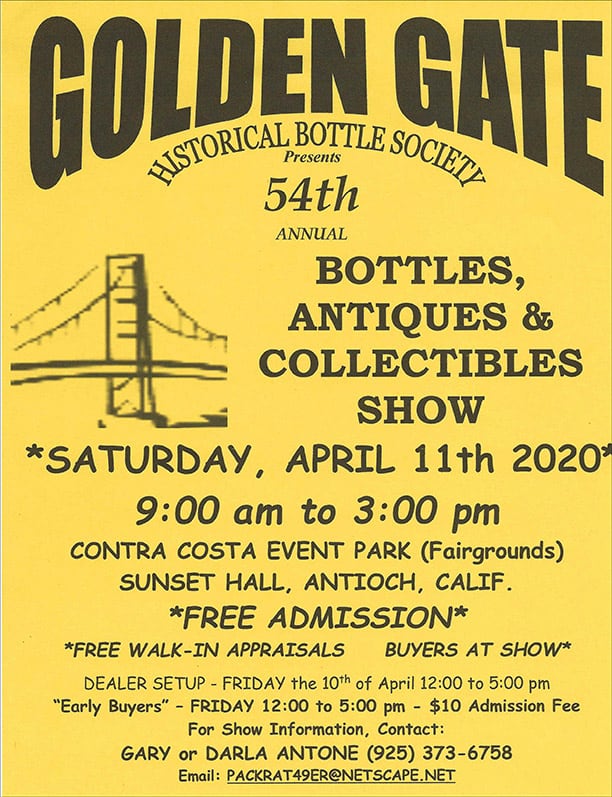Dudley
I can't help thinking about the brainless cartoons I watched
as a kid back in the late 50's and early 60's when I hear that name. The name
conjures up remembrances of Rocky & Bullwinkle, Boris and Natasha, and of
course Dudley Do-Right, the dim whittled Canadian Mounty. Dudley had a real
circle of friends. They included his faithful horse, named "Horse", and
his equally faithful dog, ironically named "Faithful Dog". Cornball
kids humor by any stretch these days.
Imagine my surprise when a good (I almost typed faithful)
friend and fellow whiskey collector called from Northern Cal. the other day and
asked if I'd ever heard of a Dudley. I bit my tongue at first and then replied,
"only on cartoons". He said, "No really, a Dudley Brandy". "It's
got the guys name on it, is a Ginger Brandy, and is embossed San Francisco
too". Realizing that he was serious, my response was no; but send me a
picture just the same.
He did. And I'll be darned if the photo wasn't of a bottle I've
never heard of, or seen even a busted fragment of, in all the years I've been a
western whiskey guy. Amber, applied top, heavy play dough type embossing, and
shaped like your basic Abernathy or other SF Ginger Brandy with a short neck
and a long body. He wasn't yanking my chain after all~ Wow! A newly discovered western whiskey. I couldn't
wait to start my research on this piece.
It took a couple of days but the fruits of my labor were
rewarded. At first blush, the bottle had an ever so slight resemblance to the German Connection
late applied tops of the ca. 1890 era. Closer examination though, dispelled
that hunch as the embossing style and the top were wrong. Embossed "Dr. Worth's
/ White / Ginger Brandy / A.A. Dudley & Co. / San Francisco", it was loaded with seed
bubbles, displayed with notable overall glass character, and just had to date
ca. 1895 or earlier.
My first stab was in the 1895 SF Directory for a Dr. Worth.
Strike one. Working back ward for ten years saw one swing and a miss after
another. Numerous Worth's appeared in the listings, ranging from tailors to
brick masons (and everything in between), but no Dr's or anything related to
patent medicines or liquor.
Flustered, I took a breather. And then the light came on...
What if there was no Dr. Worth? What if the brand was simply another of the
brandings of a wholesale liquor dealer trying to cash in on the current fad of
pushing a combination of liquor and "good for you" stuff endorsed by
a "Dr. So and So" !?
Falling
back on a target search dating of 1890, I entered his last name and
struck it rich. A.A. Dudley appeared in the Crocker Directory as a
dealer in patent Medicines.
Access to another website revealed that Dudley was exactly as suspected; a hustler. The 1889 listing provides a tidbit of info as it lists his name, in addition to just the initials AA. His full name was Arey A. Dudley.
On October 2, 1889, he'd patented Electro Germicide; hoping to cash in on the, at that time, new aged "science" of electricity and its impact on health. The product was registered as being sold in two tone handled stoneware gallon jugs. No embossed, or debossed, examples of this product have been found so one can only assume that it was sold in paper label form only. And probably not successfully at that~
Access to another website revealed that Dudley was exactly as suspected; a hustler. The 1889 listing provides a tidbit of info as it lists his name, in addition to just the initials AA. His full name was Arey A. Dudley.
On October 2, 1889, he'd patented Electro Germicide; hoping to cash in on the, at that time, new aged "science" of electricity and its impact on health. The product was registered as being sold in two tone handled stoneware gallon jugs. No embossed, or debossed, examples of this product have been found so one can only assume that it was sold in paper label form only. And probably not successfully at that~
Working backward, it was determined that Dudley first
appeared in SF in 1889 as a patent medicine peddler. Although his business
address was San Francisco, his residence is listed as Oakland. It was not
uncommon for those of money to reside in the east bay, and commute to their
businesses in "The City" via ferry. Thus, we can conclude that Dudley
was at least "comfortable".
An even more significant find about A. A. Dudley also popped
up during the search of 1889. He was also in the bitters business! Not just
some paper label, flash in the pan product, but in reality, one of the rarest
of the rare. He was the wholesale agent for "Dr. Harvey's Blood Bitters";
(and not the Cassin Bros. as has previously been taken as gospel).
1891 was status quo.
The 1892 directory shows a move, and his residence is now shown as 1217 Fell in SF.
And then, nothing. No personal, no business and no obituary
listings. A. A. Dudley was a four year splash in the western cure, bitters and whiskey markets; hawking an electric
"cure", a next to one of a kind bitters, and a one of a kind western
whiskey.
The 1892 directory shows a move, and his residence is now shown as 1217 Fell in SF.
What a splash he made!




















